Overview
Make these seed bombs to plant in your garden or give to other people to plant. They flowers will attract pollinators like bees and butterflies who will fertilise plants so that they produce fruit and seeds.
This page will print, but looks a little funky. Click the button for a PDF version which looks a bit better.
What to do
Step 1
Collect together all of the things you need to make your seeds bombs. Find a space that you don’t mind getting a bit messy. Doing this activity outside would be great as long as it isn’t windy or raining.
Step 2
Use your cup to measure out 1 cup of flour and 2 cups of soil into your bowl. Add about a quarter of a cup of seeds. If you only have a small amount of seeds, see step 6.
You can make more or less of this mixture depending on how much of each material you have, they just need to be in the ratio:
- 1 part of flour
- 2 parts of compost
- 1/4 part of seeds
- 1 part of water.
Step 3
Fill your cup with water. Add half of the water to the bowl. Stir all the ingredients together.
Step 4
Keep stirring your mixture until it forms a ball, as in the photograph.
If your mixture is still crumbly, add the remaining water a small amount at a time until a ball is formed.
You might not need to use all of the water.
Step 5
Take about a tablespoon of mixture into your hands and roll it into a ball.
You will need to leave these balls to dry out before you use them or give them away.
Step 6
If you only have a small amount of seeds, instead of putting them into the mixture, pour them out onto a plate. Roll your balls in the seed, covering the balls with a coating of seed. If the seeds do not stick, roll the balls in water and try again. Leave the balls to dry.
Things to discuss
How do you plant a seed bomb?
Throw it at the ground and see what grows! You could keep the seed packet to see if all of the flowers included in the seed mix grow.
The Woodland Trust have these great spring flower and summer flower identification sheets that you could use to help you.
Where should you throw your seed bomb?
You need to look for patches of bare soil. Wildflowers like to grow in poor soil conditions. Remove any existing grass or weeds from the area, as these can prevent the seed from establishing.
When should I throw my seed bomb?
Autumn is the best time to sow wildflower seeds because it gives the earliest display of wildflowers the following year.
You can plant them between March and October and you should see flowers blooming 60 to 80 days later.
How it works
Why does the seed bomb need flour?
The flour is just to bind the compost and seeds together. The pollinators won’t be eating it!
Why do we want to attract these pollinators to our gardens?
Birds, bats, butterflies, moths, flies, beetles, bees and small mammals are pollinators. They visit flowers to drink nectar or feed on pollen and transport pollen grains as they move from spot to spot. It is through pollination that plants are fertilised and able to produce the next generation of plants, including the fruit and crops we eat.
Pollinators pollinate over 180,000 different plant species and more than 1200 crops. That means that around 1 out of every three bites of food you eat is there because of pollinators. Pollinators also support healthy ecosystems that clean the air, stabilise soils, protect from severe weather, and support other wildlife.
Did you know that wasps were important pollinators too?
We often think of wasps as pests who sting us for no reason, disturb our picnics and make nests in our houses, but they actually useful pollinators, travelling from plant to plant as they look for food, spreading pollen.
And that isn’t all!
Wasps are really important for our ecosystems. Each summer, social wasps in the UK capture an estimated 14 million kilograms of insect prey, such as caterpillars and greenfly. Without them the world could be overrun with spiders and insects!
What you will need
- Wild flower seeds
- Compost
- Flour
- Water
- Cup
- Bowl
- Spoon
Duration
20 minutes or so.
Suitable for…
Age 3 and up.
Safety notes
You know your children better than anyone, and you should judge whether they’re ready for this activity. You might want to think in particular about:
- Always wash your hands after touching soil
- Make sure bowls, spoons and cups are thoroughly cleaned before using them for food
Careers link – nature conservationist
Nature conservationists manage and protect the environment. They educate others about the importance of sustainability and preserving the land and natural habitats.
They are passionate and committed communicators.
Contribute to Science with iNaturalist
Your observations are valuable! Every observation can contribute to biodiversity science, from the rarest butterfly to the most common backyard weed. iNaturalist share your findings with scientific data storage facilities like the Global Biodiversity Information Facility to help scientists find and use your data. All you have to do is observe, take a photo and upload it here.

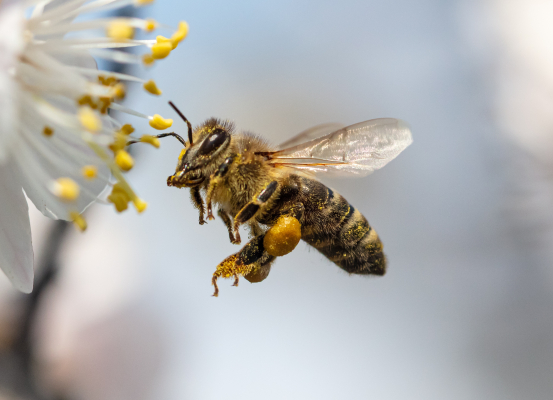
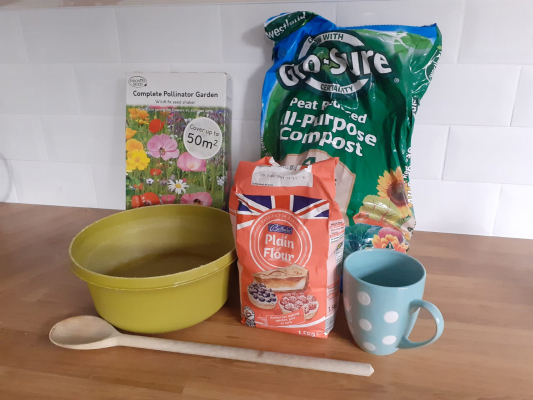
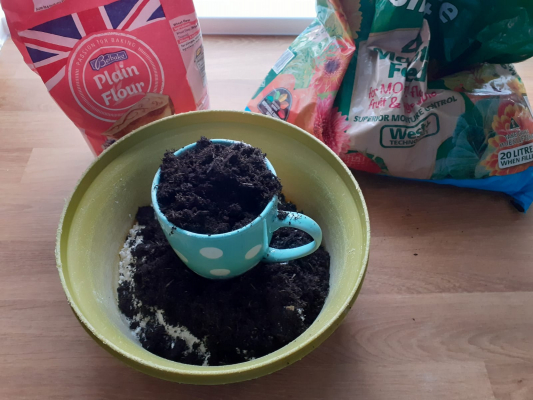

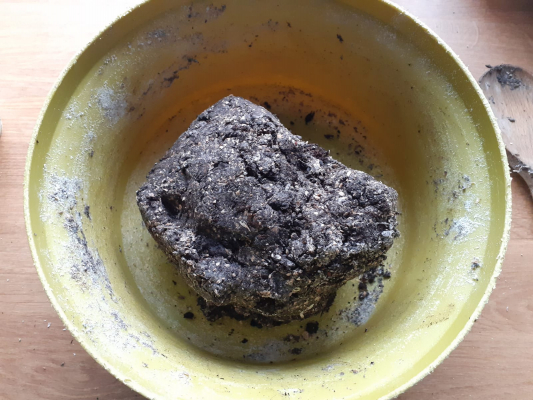
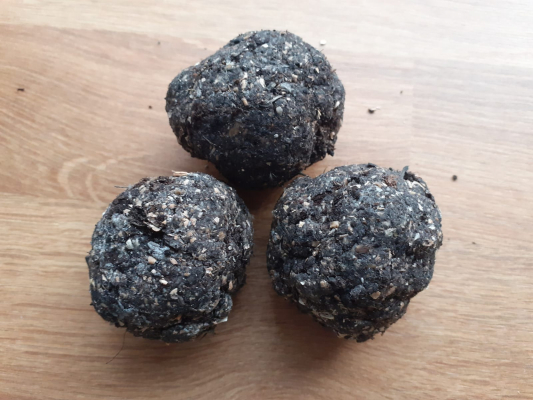
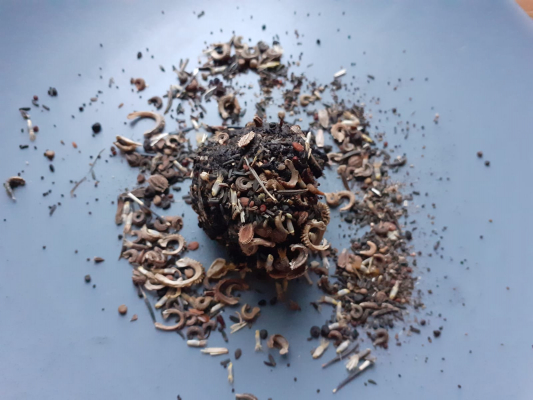



 Matthieu Gauvain, CC BY-SA 4.0, via Wikimedia Commons
Matthieu Gauvain, CC BY-SA 4.0, via Wikimedia Commons